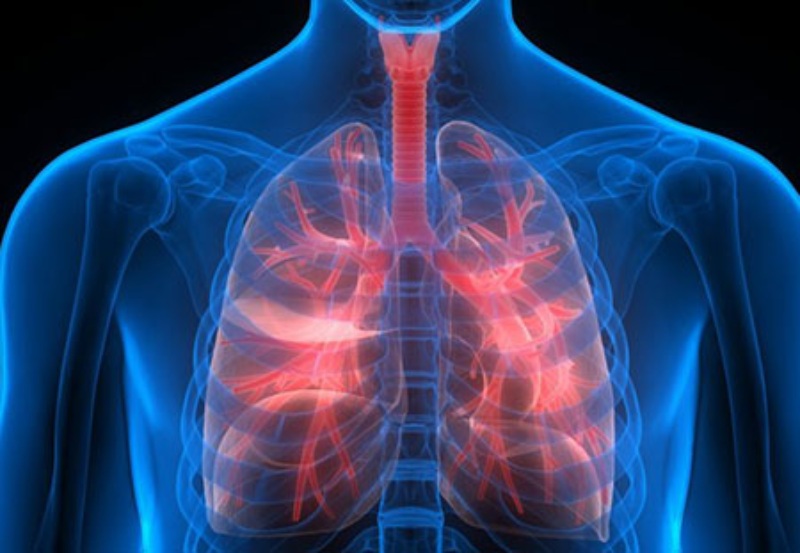
A $3.2 Million Device That Alleviates Respiratory Disorders Is Being Funded By Startup Pleural Dynamics
- Business
- March 16, 2024
In its first round of fundraising, a biotech business located in Wayzata, Minnesota, has earned $3.2 million of the $5 million it aimed to raise.
Pleural Dynamics has developed a device to treat pleural effusions, and Good Growth Capital, based in Charleston, South Carolina, is the primary investor in this round of funding. A pleural effusion is an accumulation of extra fluid between the chest wall and the lung that can lead to coughing, dyspnea, and other symptoms that lower quality of life. In the United States, pleural effusions afflict over 250,000 people each year.
The Food and Drug Administration granted the business 510(k) clearance last year for its fully implanted, automated effusion shunt, ACES. In 2020, the business raised $2.2 million in its seed round.
Martin Mayse, the creator and CEO of Pleural Dynamics, stated that the money will go toward preparing the product for commercial use through a post-market clinical trial that should take around six months. For the clinical trial, the corporation has teamed up with organizations including University of Pittsburgh, North Carolina University School of Medicine, Vanderbilt University Medical Center, and Johns Hopkins Hospital. There will be roughly 25 people involved in the clinical experiment.
As a pulmonologist at Washington University in St. Louis, Mayse frequently treated patients with pleural effusions. Pleural effusions were treated in three different methods by medical professionals, according to Mayse. These treatments frequently required a week-long hospital stay and several visits to remove the fluid.
“I didn’t like the way that we were dealing with (pleural effusions),” Mayse said. “There is a lot of cost, not only monetarily but also to the patient’s quality of life.”
Pleural Dynamics devised a catheter pump chamber that is positioned with a portion beneath the skin and outside the ribs, and a portion between neighboring ribs. Fluid is drained into the peritoneal cavity using the pump chamber. The fluid is then reabsorbed by the bloodstream.
“As the patient breathes and moves, it squeezes the pump chamber and automatically pumps about a drop of fluid,” explained Mayse. “When you breathe 23,000 times per day, it adds up to a lot. It’s a little tiny motion that has a huge capacity to move fluid.”